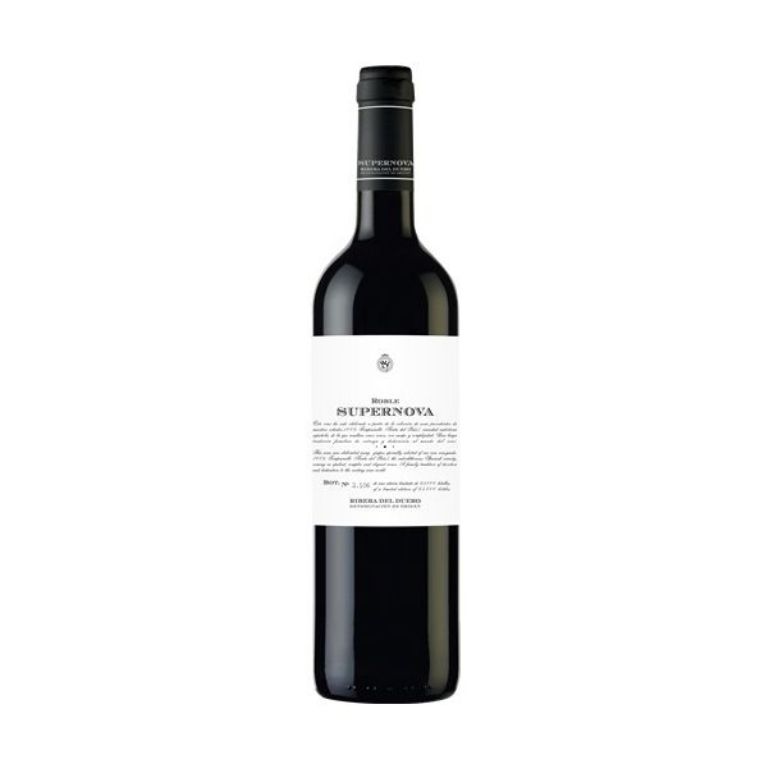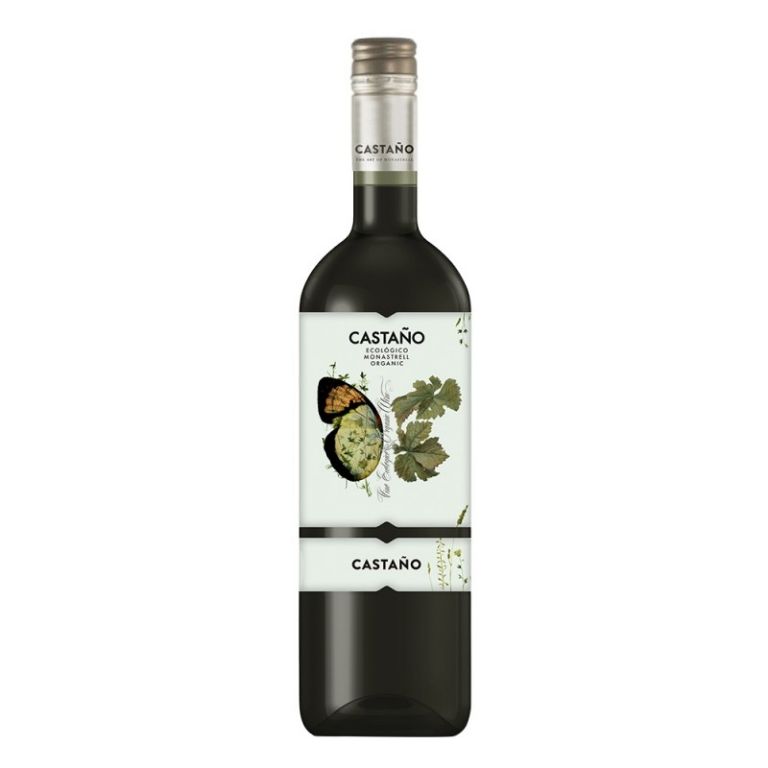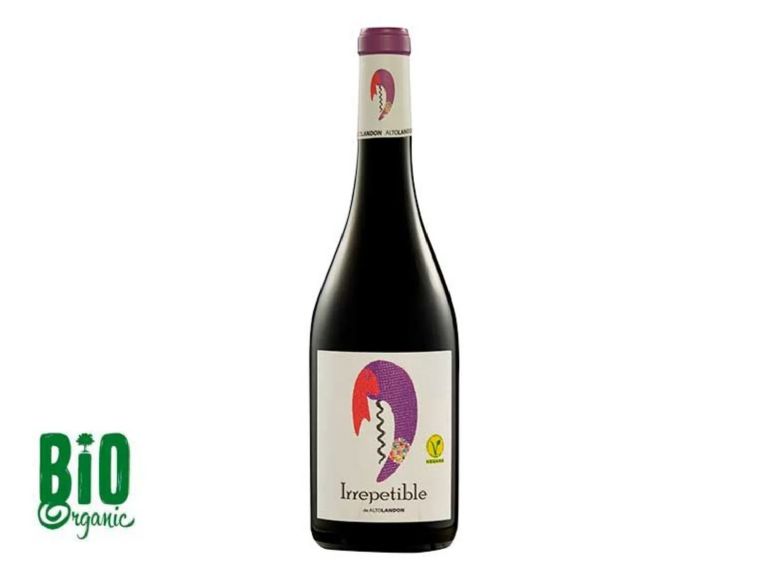3 Great Value Wines From Lidl
Tuesday, June 14, 2022
Lidl, the German supermarket chain, has improved its oenological offer and offers a wide variety of good quality red wines at more than affordable prices. They have red wines on their shelves that will surprise you because they are so good for the price you see on the label.
These red wines from Lidl have great scores and belong to Designations of Origin that really support quality. Here are 3 wines that are currently available in Lidl and are really worth trying:
Supernova Wine.

Supernova oak red wine. It achieved 5 stars in the Peñín Guide, indicating that its quality is very good for the price. It belongs to the Designation of Origin Ribera del Duero made in one of the most outstanding wineries, Bodegas Briego. Made with 100% Tempranillo grapes, they make it one of the best young red wines. A perfect wine to pair with smoked dishes, such as salmon, as well as appetizers such as anchovies, roasted peppers, cheese etc.
Castaño Wine.

Castaño organic red wine. It is a Designation of Origin from Yecla that costs just over 5 euros a bottle at Lidl. Intense cherry red colour. On the nose, it shows notes of fresh fruit (black cherry, plum) and an elegant herbal touch. Really smooth on the palate, and very fruity with long-lasting velvety tannins. It is perfect for pairing seasoned pizzas with tomato sauce and cured cheeses. Spicy chicken wings, oily fish like salmon, and even grilled sardines. Recommended service temperature between 15-16ºC.
Irresistible Wine

Excellent organic red wine. A wine from the Manchuela Denomination of Origin, with a score of 89 in the Peñín Guide. It has a cherry colour with a violet rim and a bright appearance. On the palate, it is powerful, with round and persistent tannins. While, on the nose, it presents aromas of red fruits in compote, floral and balsamic notes. It is a perfect wine to share at family gatherings or with friends while eating pasta, rice dishes, white meats or white cheeses.
Enjoy!
 1
Like
Published at 8:54 PM Comments (1)
1
Like
Published at 8:54 PM Comments (1)